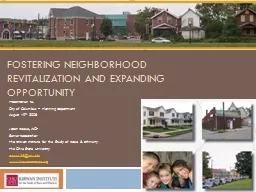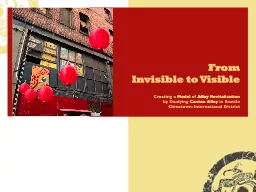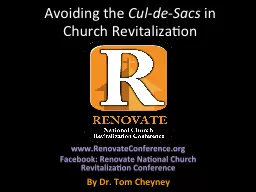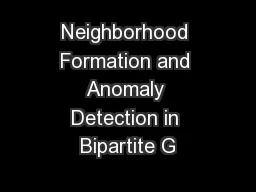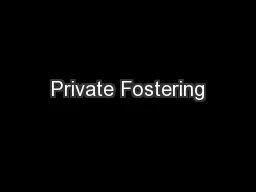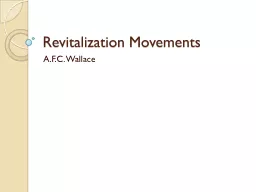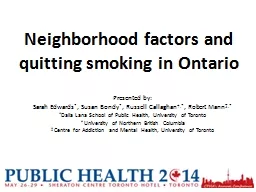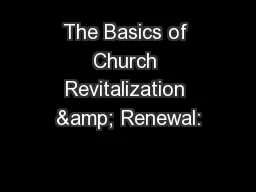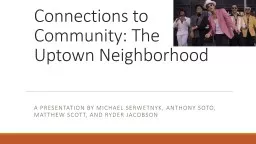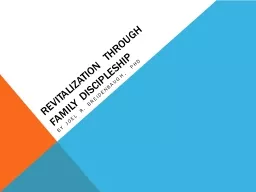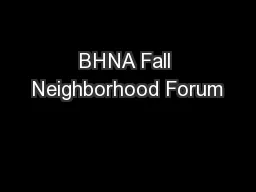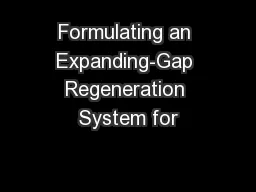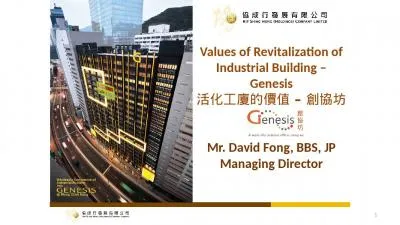PPT-Fostering Neighborhood Revitalization and Expanding Opportu
Author : karlyn-bohler | Published Date : 2017-12-13
Presentation to City of Columbus Planning Department August 19 th 2008 Jason Reece AICP Senior Researcher The Kirwan Institute for the Study of Race amp Ethnicity
Presentation Embed Code
Download Presentation
Download Presentation The PPT/PDF document "Fostering Neighborhood Revitalization an..." is the property of its rightful owner. Permission is granted to download and print the materials on this website for personal, non-commercial use only, and to display it on your personal computer provided you do not modify the materials and that you retain all copyright notices contained in the materials. By downloading content from our website, you accept the terms of this agreement.
Fostering Neighborhood Revitalization and Expanding Opportu: Transcript
Download Rules Of Document
"Fostering Neighborhood Revitalization and Expanding Opportu"The content belongs to its owner. You may download and print it for personal use, without modification, and keep all copyright notices. By downloading, you agree to these terms.
Related Documents

